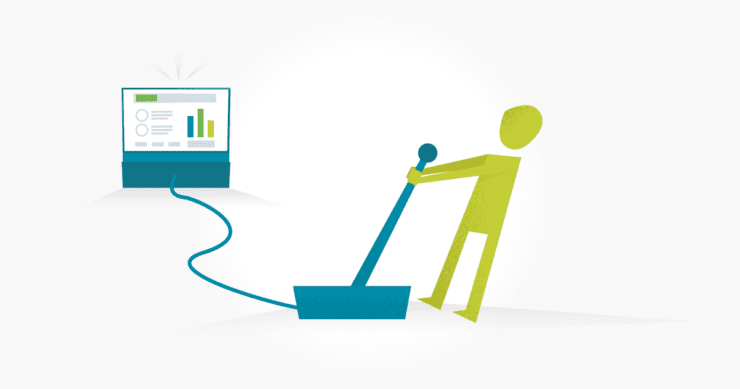Types of Software Testing
Learn more about all the different types of software testing methodologies from our list below.
- Accessibility
- Agile
- Agile Testing
- Continuous Integration
- Culture
- DevOps
- Hardware Testing
- Issue Tracking
- Mobile Testing
- QA Career
- QA Training
- Requirements
- Research
- Software Development
- Software Releases
- Support
- Test Automation
- Test Cases
- Test Management
- Testing Documentation
- Testing Process
- Testing Tips & Guidelines
- TestLodge
- TestLodge Tutorial
- Tools List
- Types of Software Testing
- User Stories
- UX & Usability
There are many different types of software testing. Each method has a different purpose and provides a unique value to the software development process. Not every type of software testing is always used. The type of software testing you do depends on your team, the complexity and functionality of your software, and the overall objective.
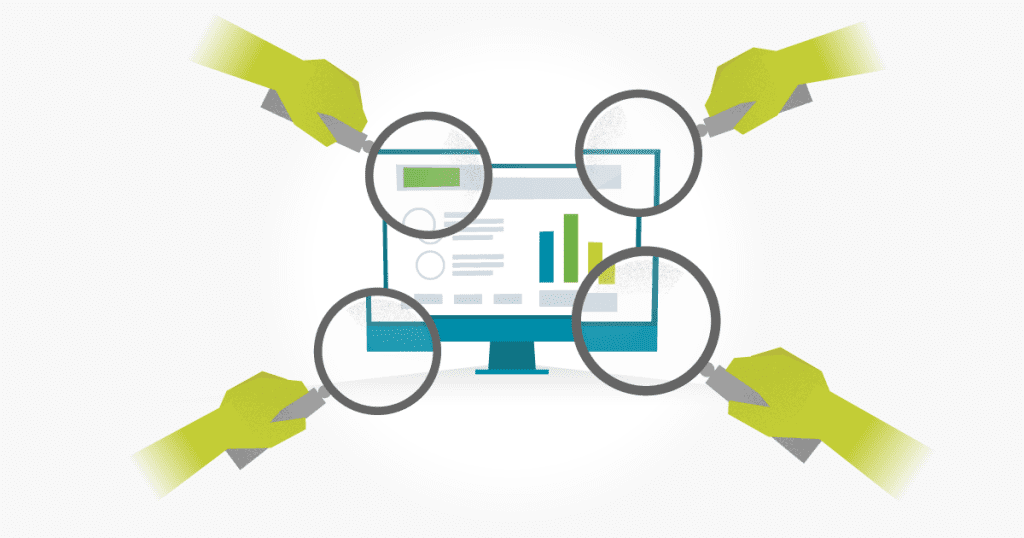
Software testing is the process of validating an application and it’s components function as required. This process involves making sure the system does not contain bugs, and that it works as expected. Here are some of the most common types of software testing used today. While this is far from a complete list, hopefully it provides a clearer understanding of the differences in some of the most common types of software testing methods.
The Different Types of Software Testing
Beta Testing
A type of User Acceptance Testing, Beta Testing, also known as “field testing”, is done in the customer’s environment. Beta testing is commonly used for brand new features and products. The purpose of beta testing is to provide access to users who then provide feedback, which helps improve the application. Beta testing often involves a limited number of users.
Black Box Testing
The purpose of black box testing is to validate the behavior of the software from an end-user perspective. Inputs and outputs are compared to the expected output. Detailed knowledge of the internal workings, architecture, and code are not necessary.
Read more about black box testing »Cross Browser Testing
Cross browser testing is the process of comparing a website or web application’s functionality and design across multiple web browsers and platforms to ensure consistent behavior and functionality for the end-user.
Read more about cross browser testing »Destructive Testing
Destructive testing is the process of deliberately trying to make the system fail and seeing how the system responds.
Read more about destructive testing »Exploratory Testing
Exploratory Testing combines elements of learning and testing into a single initiative. Exploratory testing is often done by QA testers, but it’s not uncommon for other roles to be involved with this type of testing including developers, end users, and customer support representatives.
Read more about exploratory testing »Functional Testing
Functional testing is a type of black box testing where the tester validates the functionalities of the software system work as required and expected. This type of testing is based on the user’s perspective. Functional testing focuses on what the software does, not how it does it.
Read more about functional testing »HTML Validation Testing
HTML validation testing is the process of checking that the code/markup is valid and conforms to the official guidelines.
Read more about HTML Validation Testing »Load Testing
Often automated, load testing tests the response to high demand on the software. In other words; what happens when a significant number of people login to your application at the same time? Load testing ensures your software is ready for prime time.
Read more about load testing »Negative Testing
The purpose of negative testing is to make sure your application can gracefully handle the input of invalid data and unexpected user behavior. This type of software testing helps improve overall quality of the software application by uncovering weak points and missed scenarios. Negative testing can also be considered positive testing for error conditions.
Read more about negative testing »Nonfunctional Testing
Testing is typically broken up into two types; functional testing and nonfunctional testing. Nonfunctional testing tests non-functional requirements… How does the system perform? How secure is it? How user-friendly is it? All of these things contribute to the overall quality of the software application.
Read more about nonfunctional testing »Pair Testing
Sometimes, two is better than one. Pair testing is when two people are paired together to conduct a test. One person should be running the mouse and keyboard, and the other should be taking notes and recording different scenarios. Pair testing can often uncover issues/questions that wouldn’t typically be discovered with a single tester.
Read more about pair testing »Performance Testing
Performance Testing evaluates how fast a system responds to a specific scenario. This type of testing, similar to Load Testing, helps determine the responsiveness, reliability, and scalability of a certain are of the application.
Read more about performance testing »Recovery Testing
Recovery testing is checking that a application or software behaves and recovers correctly when there is a failure.
Read more about recovery testing »Regression Testing
The purpose of regression testing is to ensure new features or other code changes have not introduced any bugs. Many teams tend to automate regression tests to save time.
Read more about regression testing »Sanity Testing
The purpose of Sanity Testing is to quickly validate a system is up and running. These tests are typically very minimal and basic.
Read more about sanity testing »Security Testing
Security testing is often conducted by a team of experienced testers specializing in networking and technology systems. The main purpose of security testing is to test for holes in authentication, confidentiality of data, and how the system will react to a malicious attack.
Smoke Testing
The term “smoke testing” was being used long before the software industry adopted it. Plumbers used to use smoke to test for leaks and cracks in pipe systems. In software, smoke testing is a high-level test that validates the basic functions of an application. The purpose of smoke testing is to expose failures critical enough to halt the release of software.
Read more about smoke testing »Stress Testing
Stress testing is about pushing a system to its absolute limits to see how long it can remain usable and stable without crashing when under extreme load.
System testing
System testing is when an entire system is tested as a whole once all individual parts have been integrated having been individually tested.
Read more about system testing »UAT Testing
UAT testing is usually performed before release by either the stakholder or end user with the aim of confimring that the latest development satisfies the origional requirements.
Read more about UAT testing »Unit Testing
Unit testing is often automated and involves testing single functions (units) of the code in order to help identify failures or weaknesses in algorithms. The nature of unit testing helps promote writing code that is easy to test.
Read more about unit testing »Usability Testing
Usability testing tests the “user-friendliness” of the software. Usability testing involves observing the behavior and emotional reaction of the user. Do they like using the software? Are they frustrated? Confused? The feedback from these tests is then used to make changes and improvements to the usability of the application.
Read more about usability testing »White Box Testing
The opposite of black box testing, white box testing is a method of testing where the tester knows the internal workings of the system. This approach to testing often focuses primarily on improving security and optimizing input/output flows.
Read more about white box testing »Our 'Types of Software Testing' articles
Experience Based Test Techniques
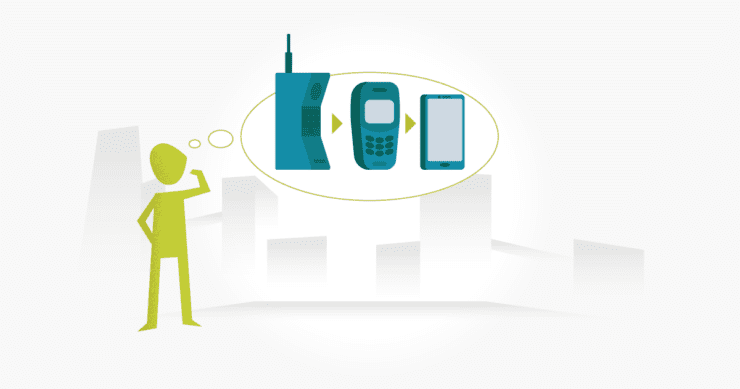
Experience based test techniques use a tester’s previous experience of using similar products to inform their testing of an unfamiliar item.
An Introduction to Beta Testing

Beta testing catches missed bugs. It is performed externally by users and is one of the final tests to run on a product before release.
What is System Testing? – Getting Started, Tips, and Tools
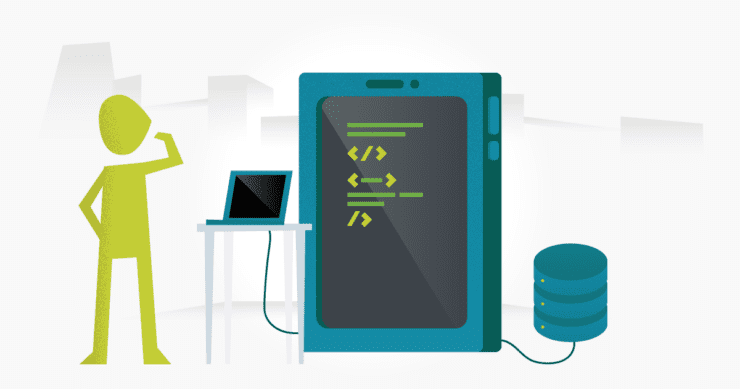
System testing is when an entire system is tested as a whole once all individual parts have been integrated having been individually tested.
Basis Path Testing in Software Testing
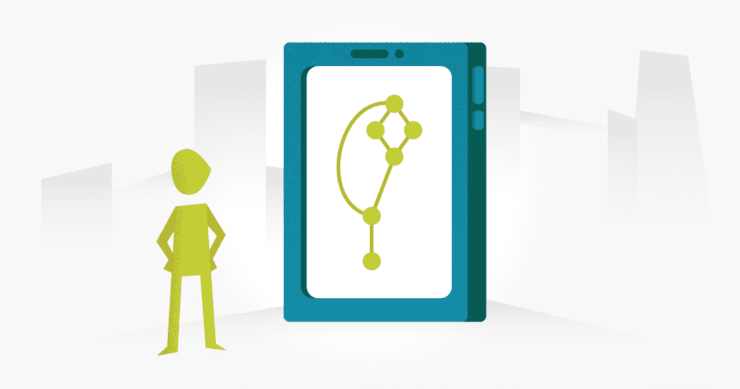
Basis path testing in software testing is used for assessing how many test cases to run by identifying all feasible paths a user might take.
What is SOX Compliance Testing?
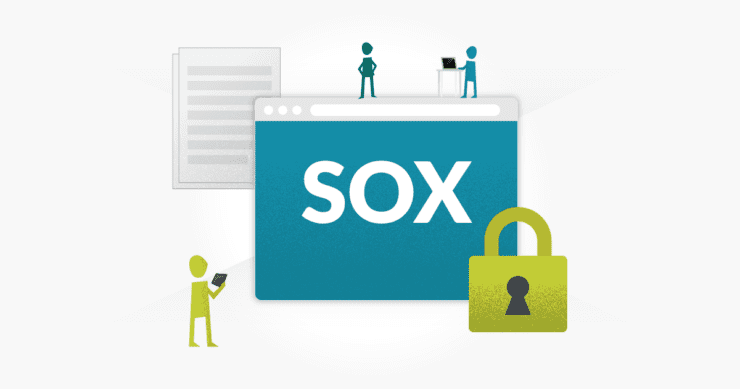
SOX Compliance Testing validates controls and processes used in SOX auditing. It also tests any code changes to enable accurate accounting.
What is End to End Testing? (E2E Testing)
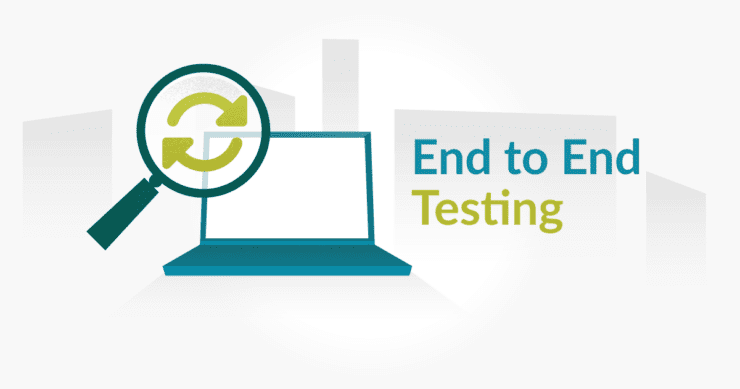
End to end testing is a software testing method that confirms the entire system and all its components function well together as expected.
Integration Testing: What is it? – A Full Guide

Integration testing checks that each unit, from small bug fixes to a large third-party addition, works as intended with the complete system.
Black Box vs White Box Testing – What’s the Difference?

Black box vs white box testing; what are the differences? Black checks the product works properly, and white ensures it’s built properly.
White Box Testing – Guide, Tools, and Techniques
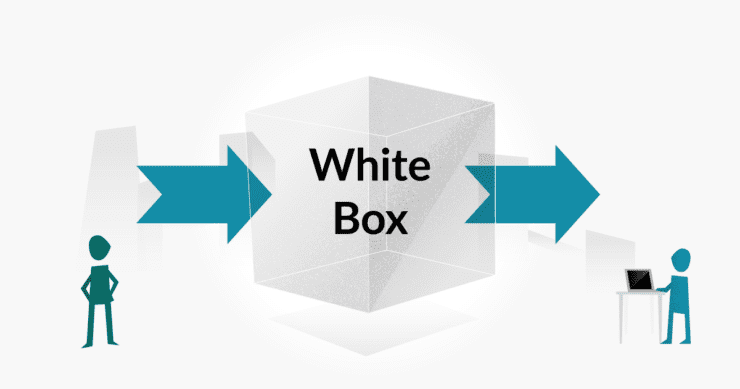
White box testing is a method for assessing a build’s internal structure. Code, architecture and design are checked, but not functionality.
Black Box Testing – Techniques, Tools, and Tips

Black box testing assesses a product’s functionality from the user’s perspective. The aim is to ensure a positive experience with no flaws.
 Jake Bartlett
Jake Bartlett 